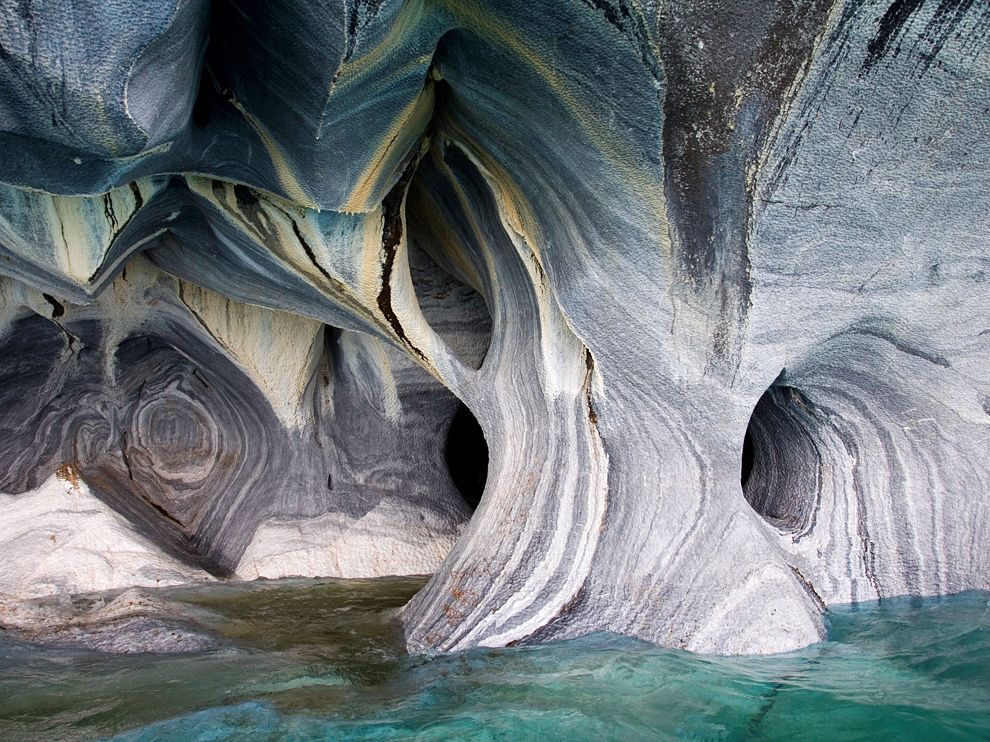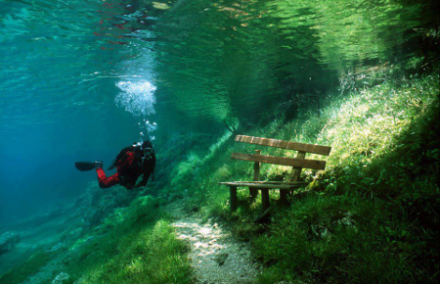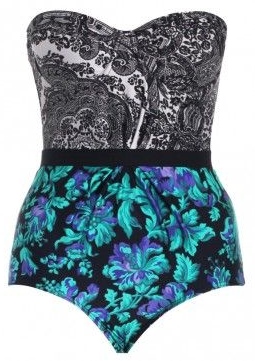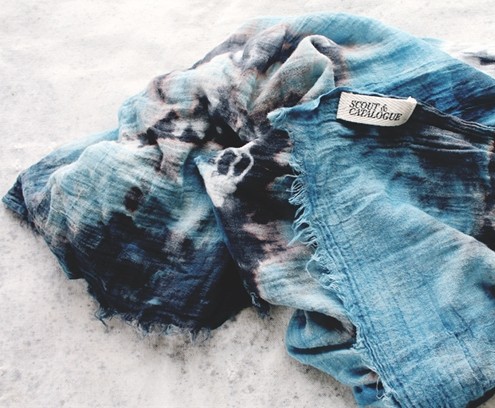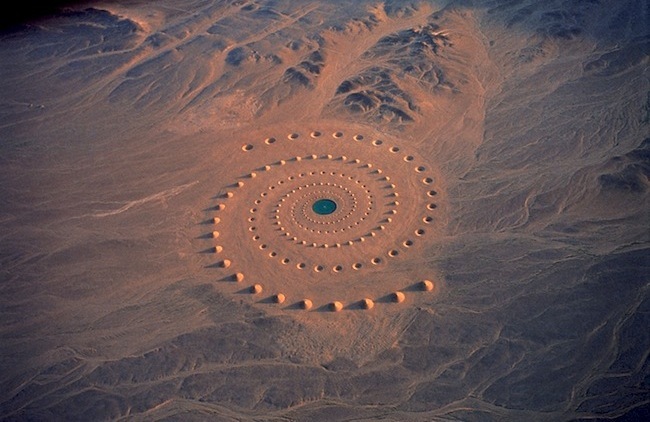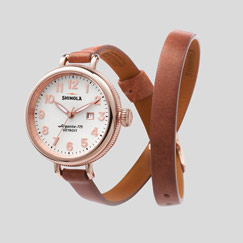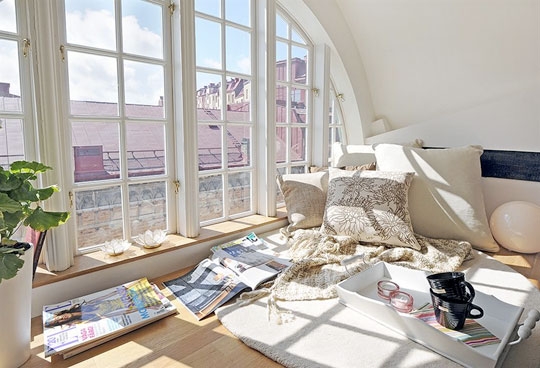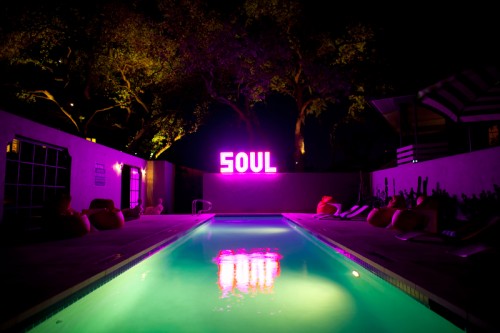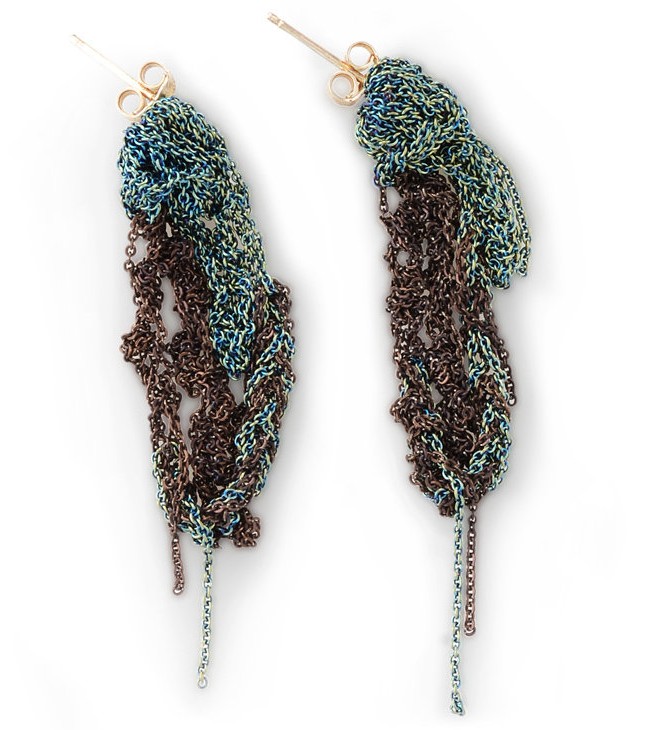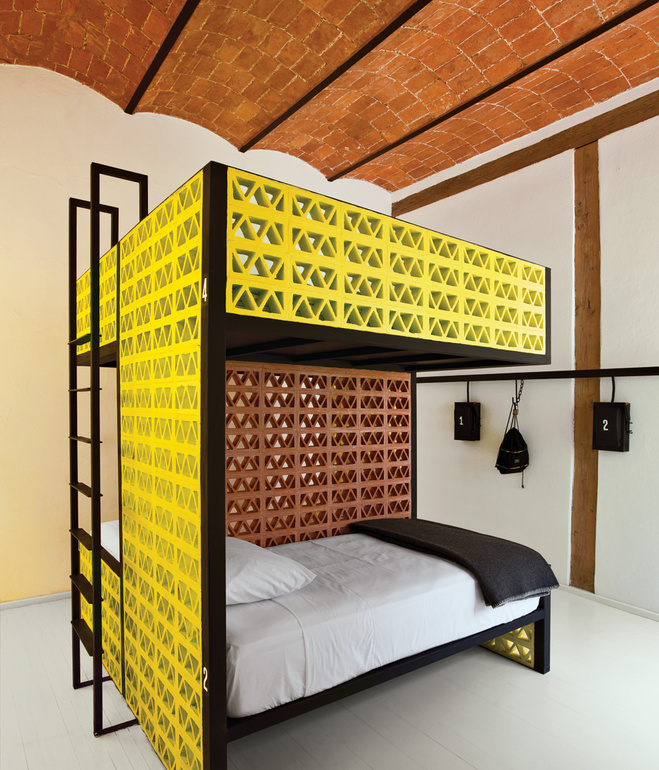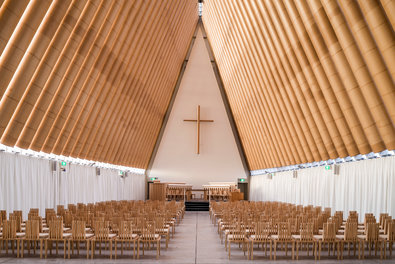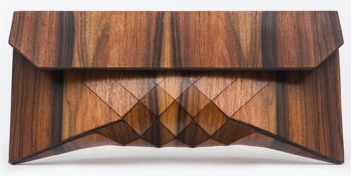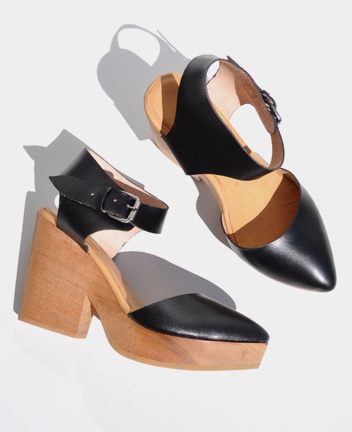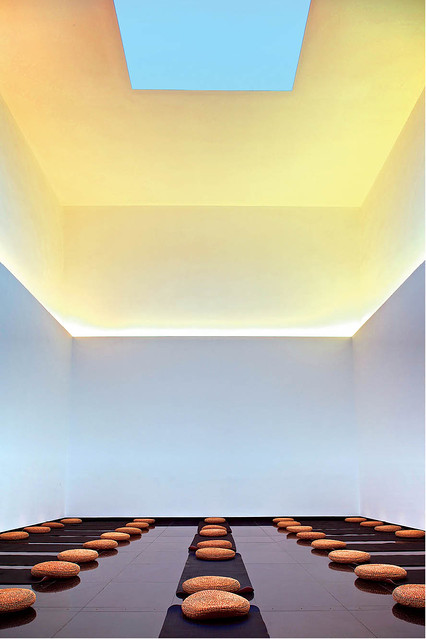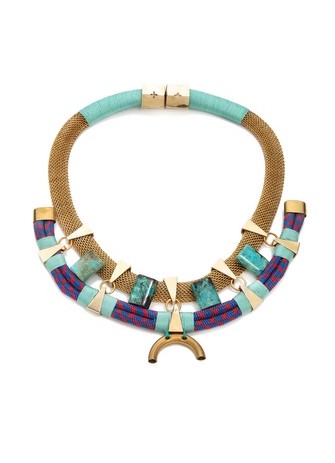Concrete cove
Surprising. Sexy. Fearless. Joyous. Timeless. These are the words director Murray Grigor used to describe the quintessential California architect John Lautner in his documentary, “Infinite Space: The Architecture of John Lautner” (2008). Over the course of his half-century career, Lautner created modernist poetry in concrete. Born in Marquette, Michigan to aesthetically-oriented parents of Irish-Austrian descent, Lautner parlayed his early years working under Frank Lloyd Wright into a visionary portfolio in Southern California. While many of his contemporaries experimented with glass and steel, Lautner considered concrete his muse, and developed progressive engineering methods to make the structures he imagined, spaces at once futuristic and organic. His goal: “architecture that has no beginning and no end.” I imagine such transcendence would translate into a transcendent Sunday spent in the resurrected Hotel Lautner in Desert Hot Springs, California, a site he designed in 1947 as part of master plan for a never-realized desert community. Legendary in his approach to light, Lautner conceived of each room as a concrete cove harboring sunshine. Honoring his intentions, the hotel eschews blinds in favor of face masks, to my benefit: I would spend the day (in this silken Maison du Soir tunic) reading by natural light.






